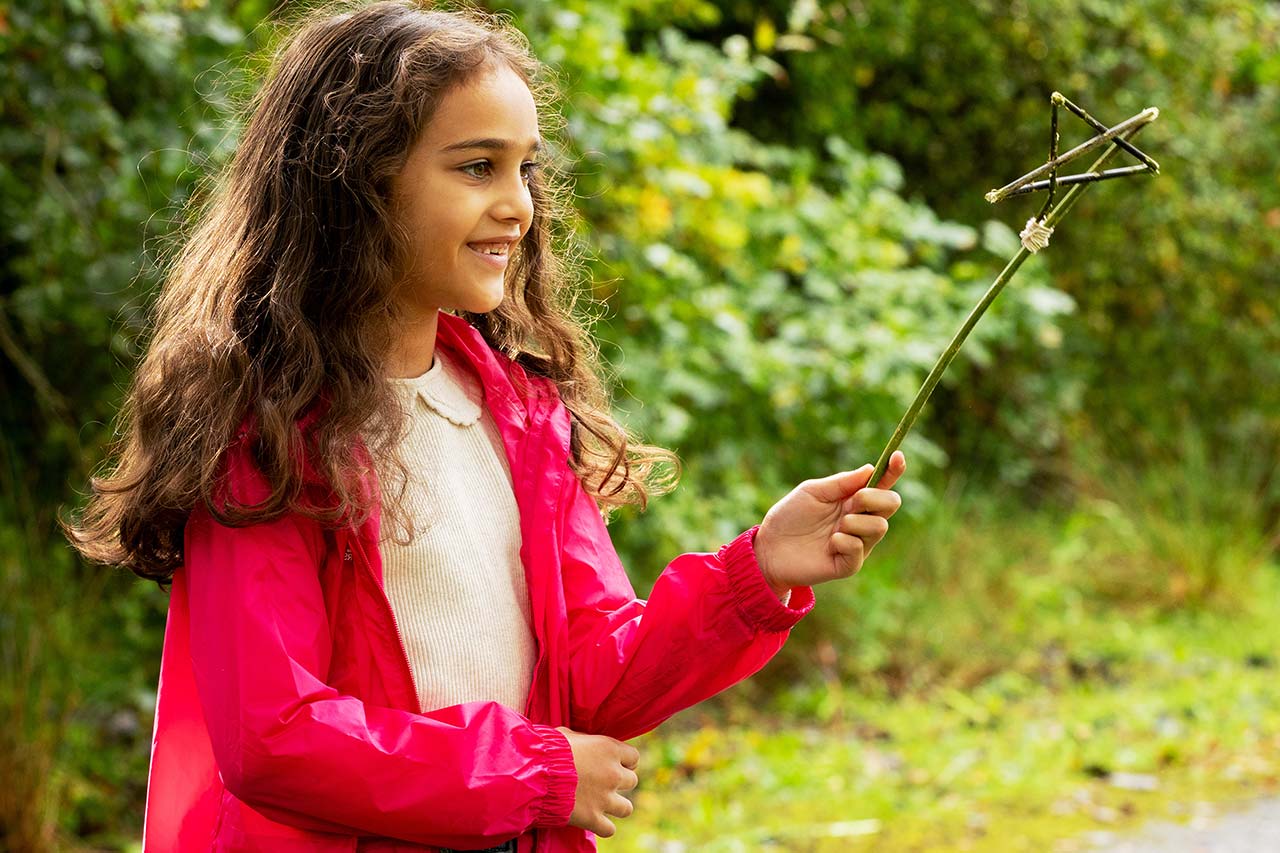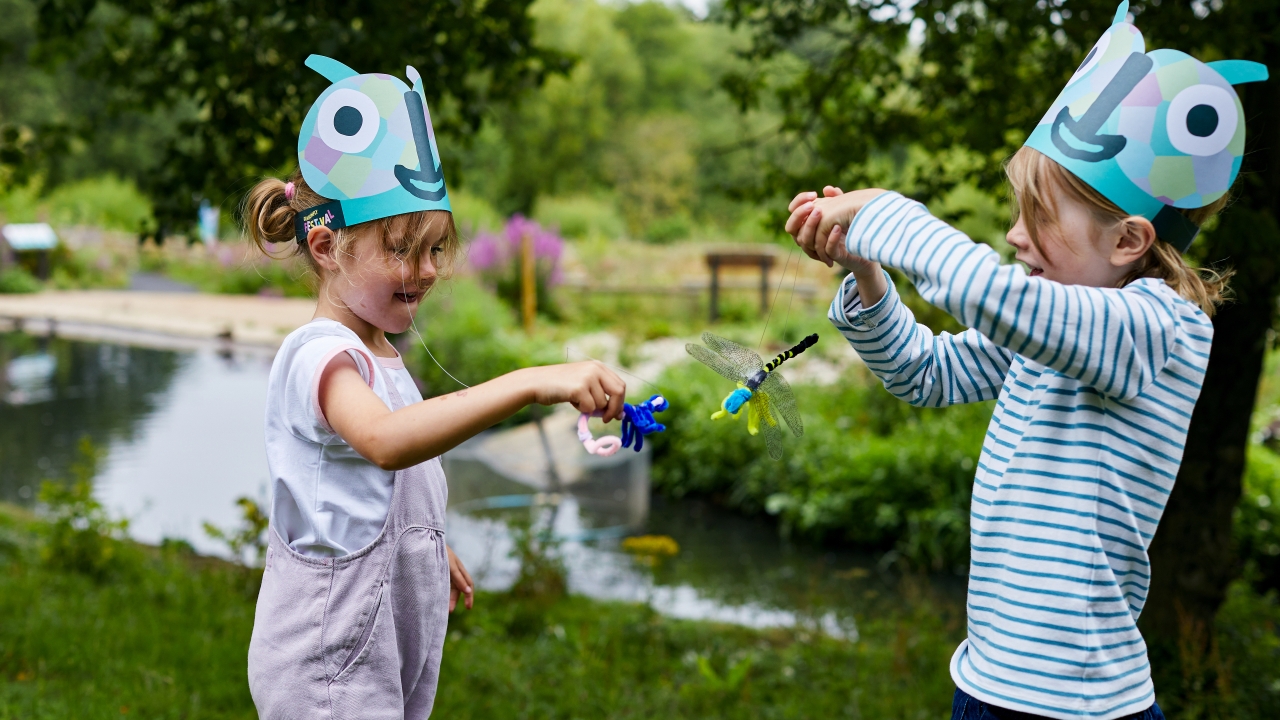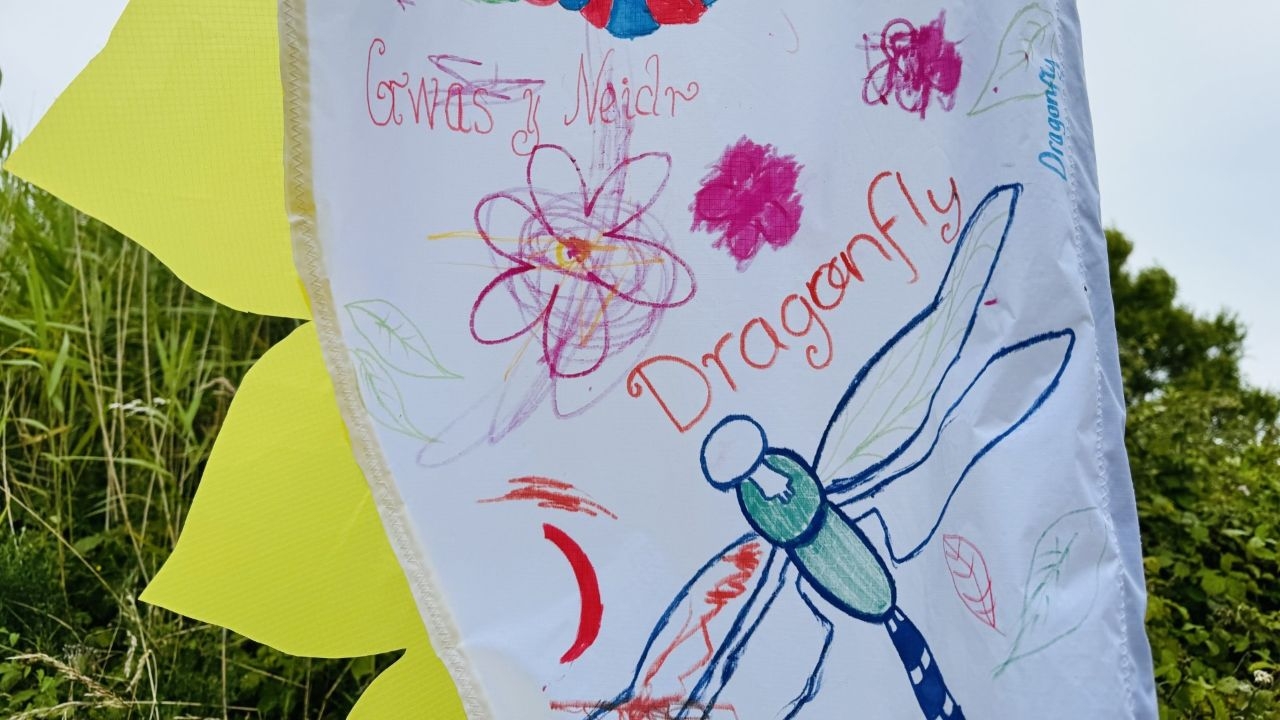Discover the magic of mud at Mudfest: February half-term fun for all the family
Come prepared to get messy and discover how there's more to mud than meets the eye this half term.

MUD IS A MIRACLE and at Mudfest, happening Saturday 10 February to Sunday 18 February at Llanelli Wetland Centre, you'll discover the magic of it through hands-on activities that the whole family can enjoy.
From mud-soaked obstacle courses, barefoot walks and tug-of-war matches, to muddy nest-making, and even mud painting, there's something for everyone to explore.

Come prepared to get messy and discover how there's more to mud than meets the eye. Enjoy squelchy, sludgy and seriously fun, earthy activities for all ages. We're talking marvellous mud kitchens, muddy sculpture stories, mud-slinging in the woods, hunting for mini-beasts in the mud, and creating wildflower seedbombs using - you've guessed it - mud!

It’s going to be a day out you'll all remember... long after you've washed off your wellies!
Mudfest offers an exciting one-of-a-kind opportunity for families to spend a fun-filled day together while also learning about the importance of mud in the wetland ecosystem.
What's so special about mud?

Dr Christian Dunn, a leading expert on mud from Bangor University says:
Mud might all look the same at first glance, but don’t be fooled. There are many different types of mud and all of them are important for our wildlife and environment in some way.
You probably won’t be able to see those differences when you’re stomping about in your wellies. Instead, you’ll need to get your hands gloriously wet and muddy.
It’s amazing what you can tell about mud just by feeling it! Get those wellies off and take a walk in your patch of mud in your bare feet! Is it slippy, sticky, or smooth? There is no better way to understand mud than getting your feet into its squelchy loveliness!
Mud with a good mix of silt, sand and organic matter will probably have lots of nutrients in it making it an important home for plants and wildlife.
Keeping our planet healthy

You’ll be able to learn about some of the amazing creatures that call mud home, and how mud plays a vital role in supporting biodiversity at Mudfest.
Biodiversity is the variety of different types of living things, such as plants, animals, and microorganisms, in a certain area. Biodiversity is important because it helps to keep our planet healthy.

Different species of plants and animals play different roles in the environment, and when there is a lot of biodiversity, it means that all of these roles are being filled. For example, some plants help to clean the air we breathe, while some animals help to control the population of other animals. When there is less biodiversity, it can be harder for the environment to keep itself balanced and healthy.
Every wetland creature has developed special tricks to survive and thrive in a competitive world, and you can try some of the incredible adaptations of mud-foraging birds for yourself at our muddy bird dining table.

Dr Dunn continues:
When you see mud, you might not think of it as a tasty source of dinner, but that’s exactly what it is for many birds!
Mud can be teeming with life, like bugs and molluscs; some of these have their homes in the mud itself while others scuttle across it – and all of them make the perfect meal for a whole host of different types of birds.
To make the most of this gourmet buffet, birds have developed different ways of finding and catching their preferred snack. Some have long legs and patiently wait for their food to come close before spearing it, like the stately grey heron. They need patience, great eyesight and coordination. Others, such as curlews, probe with long curved beaks into the mud delicately picking out worms and shellfish. It must be like using chopsticks with your eyes closed!
Super powers
And mud has even more valuable properties to add to its list of magic tricks. It acts as a natural sponge, absorbing excess water to protect us during floods and surging tides, and releasing this water when needed during dry seasons. Muddy wetland habitats like the saltmarshes found at Llanelli also store huge amounts of carbon from the Earth’s atmosphere, locking it away.

Dr Dunn explains:
The more organic matter there is in your mud, the more dead plants there are; these plants are made up of lots of carbon, which can turn into the greenhouse gas carbon dioxide when they decompose. The more carbon dioxide there is in the atmosphere, the worse climate change will get.
Good wet mud can stop the rotting plants in it from turning into carbon dioxide, so you’re holding in your muddy hand one of the best weapons we have in fighting climate change and saving our planet.
Mud, oozing with organic matter, is a planet saver!
Mudfest
Inspired to join us for some muddy fun this half term? Bring your wellies and your sense of adventure and let's wallow in the magic of mud!
For more information about all Mudfest activities, check out our What's On schedule here. All activities are included in admission or free for members and under 4s; no need to book.
Not a WWT member yet? Choose one of our great value memberships and visit as often as you like for free. And each time you do, you'll see the difference you're making to help us protect wetlands.



